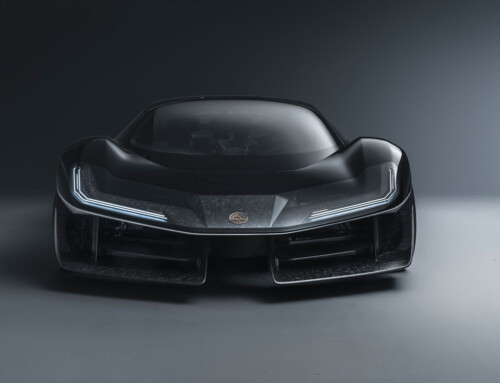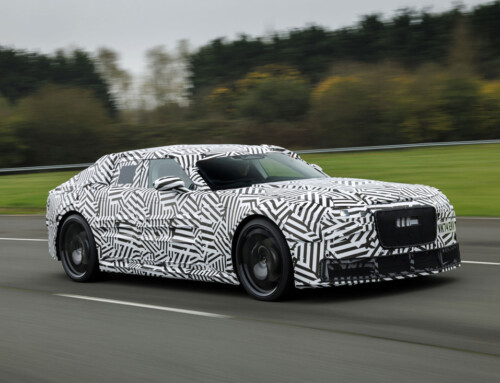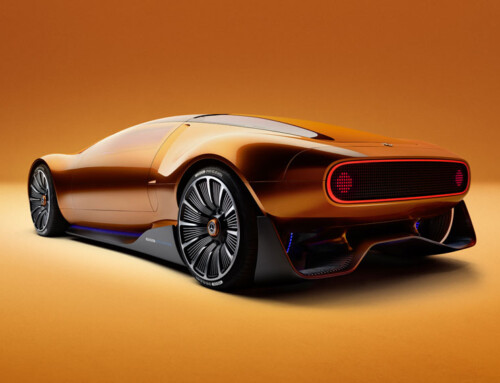The Mégane programme commenced in 1990 with a heavy responsibility: to provide the successor to the Renault 19. Despite its conventional silhouette, the 19 performs a historic role in the evolution of the company.
Unveiled in June 1988, this car symbolised the regeneration of the firm. Two months earlier, Raymond H. Lévy, the company’s chief executive officer, had effectively charged Pierre Jocou with responsibility for introducing a policy of ‘total quality’.
By way of thickset lines and reassuring forms, the Renault 19 expressed robustness and durability. Time has confirmed the effectiveness of the project and success in rather difficult markets like Germany has ratified it. By the time the question of the Renault 19 replacement came around, the circumstances were no longer the same. The hands of the design chiefs were not so tied. With the notion of quality now well integrated into the Renault image, it was no longer necessary to apply the official line through austerity and heft.
The first sketches of project X64 were drafted during the first six months of 1990. Very quickly, several themes were outlined and gave birth, in September 1990, to four small-scale (1/5) models. The designs retained were developed around four themes:
– a six-light version, evoking the Laguna,
– a model with markedly cuneiform line,
– another design with ellipse-shaped glasswork and rear notch,
– a model with the same elliptical glazing and rounded rear.
These four propositions were converted to full scale in March 1991 and at once the choice went for the theme of the ellipse. From then on, the styling of the future Mégane was set. The definitive model was milled in April 1992.
In relation to the Renault 19, the stylistic evolution is considerable although the general architecture has been preserved. The silhouette of the Mégane is supple and fluid, all the while inspiring solidity. The elliptical motif of the side windows brings it lashings of dynamism, an impression that is accentuated in the contrast of the long overhang at the front and the short overhang at the rear. And the ellipse is also to be found on such detailing as the door- handle recesses. The rear end is marked by the steeply raked backlight which also contributes to the movement of the profile.
The very marked and high-positioned crease in the tailgate constitutes the trailing edge of a fictional bootstrap. As in the Laguna, the shutlines are traced in with elegance, the cut of front and rear doors concatenated in a play of curves perfectly coherent with the volume as a whole – with the same concern for the shape of the tailgate, which creates a sinuous motif with the rear lights.
At the front, one finds the now familiar visage common to more recent Renaults. The snout is even more rakish than on the Laguna. The edges flare out around lighting units which once again describe a superb ellipse. On the bonnet, a slight bulge prolongs the snout and confers strength and power on the front end. The recurring theme of the ellipse has prompted certain observers to read in the residual influences of bio-design. If the different curves enveloping the cabin do in fact evoke a ‘cocoon’ style suggestive of organic forms, the surface treatment rescues the Mégane from any hint of flab.
In fact the lines of the Mégane can not be compared to those of the Toyota Celica (1989-1993 generation) or the new Ford Taurus. The script is better structured here. Some strong lines (like the strip that protects the infrastructure or the crease of the tailgate) reinforce the car’s silhouette.
When the exterior design of the X64 programme got under way, it was Michel Jardin who was in charge (moving to Advanced Design on September 1st, 1995).
The article continues in Auto & Design no. 95










